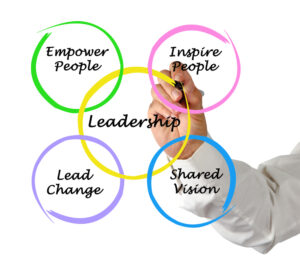
Early in the pandemic, Josh Bersin called it the Big Reset: “The Coronavirus is accelerating one of the biggest business transformations in decades.”
As the business landscape evolves and employees reassess their priorities, leadership is changing as well. To reset thinking on what it means to be a leader today, we asked Josh Bersin and other thought and business leaders for their perspective.
- “I firmly believe that leaders today need to be agile and driven by curiosity and the art of continuous learning, in order to thrive and build resilience for the future. It’s also important for leaders to demonstrate empathy and focus on embedding diversity into the fabric of their organizations to catalyze innovation and positive impact in the world we live and operate in.”
– Tiger Tyagarajan, Chief Executive Officer, Genpact
- Even with a softening economy, we continue to be in an environment where employee wants often trump the wishes of employers. So my advice to leaders.
- You must have conviction – Be clear on where you are going and why? Regularly and continually communicate your mission and vision to your team. We review this at every monthly all-hands
- Drive for clarity in what is important. We use the OKR framework to share what is essential for the year. It also tells you what is not essential.
- Create a focus on execution – Execution does eat ‘strategy’ for lunch. We work so so hard to keep the focus on execution that creates demonstrable business outcomes.
-Jay Ackerman, President & Chief Executive Officer at Reveleer
- Competence – you can’t fake it, know the details of what is going on around you. If you don’t know something, ask the questions and do the research to learn it.
- Calmness – when the chips are down, and they will be at some point, leaders need to maintain calmness, showing empathy for people who are trying to do the right thing, clinically remove the people who aren’t, and set an example for a culture of respect, integrity all while not compromising on the vision and objectives of the business.
- Creating the conditions for success – if your organization is succeeding in spite of itself (which with enough brute force can happen), then that is a leadership issue. Focus on eliminating roadblocks, complexity and any other impediments for your organization to succeed.
– Mark Trepanier, Managing Principal, Bluebird Groomer Consulting LLC
If you’re inspired by these perspectives on leadership today, stay tuned…there’s more to come! And if you are interested in crafting your own contribution, please email me at janis@issg.net







